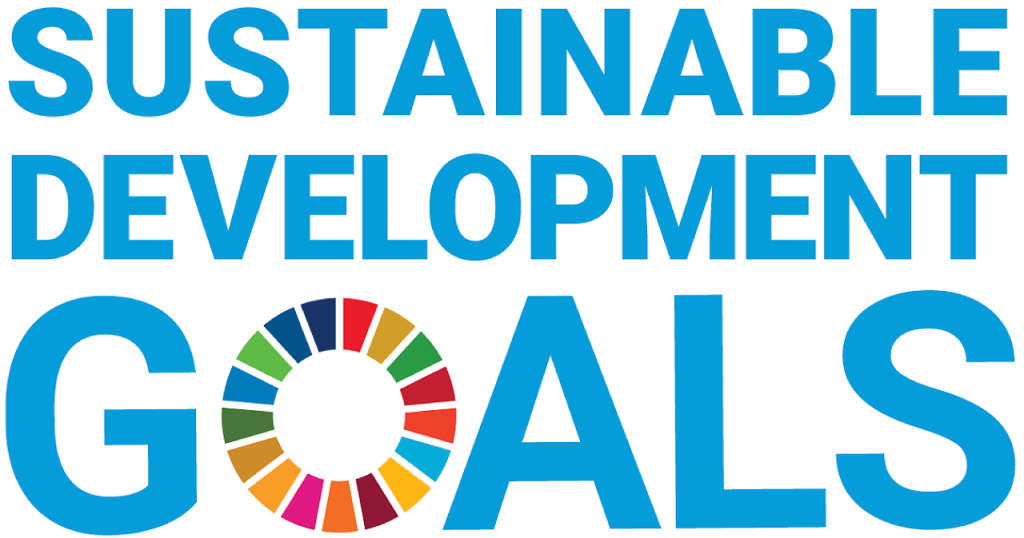Development of polyculture and integrated multi – trophic aquaculture (IMTA) in Israel: A review
By: Neori A., Shpigel M., Guttman L., Israel A.
Published in: Israeli Journal of Aquaculture – Bamidgeh
SDGs : SDG 15 | Units: | Time: 2017 | Link
Description: Israeli aquaculture began in the 1920s, with common carp monoculture. This was followed by polyculture of carp with tila pias, grey mullet, and planktivorous carp. Scientific research on polyculture started in the 1950s and has since contributed to the global science and practice of green water aquaculture, especially with novel polyculture approaches and concepts. Today, the industry is characterized by intensive freshwater polyculture, implemented in earthen fish ponds and reservoirs. In the Mediterranean coastal plain, fresh, brackish, and marine water polyculture is carried out in semi-intensive fishponds. Polyculture in Israel is an entrepreneurial activity that combines ecological principles of Chinese polyculture with local technologies and objectives. The Biofloc approach (active suspension ponds, ASP), periphyton, and aquaponics, were developed in the 1980s in response to rising public and policymakers‘ concerns and regulations on land use, pollution, use of chemicals, and organic manures. R&D on marine integrated multi-trophic aquaculture (IMTA) systems began in the early 1970s at the National Center for Mariculture (NCM) in Eilat. It started with sea bream and mullet in earthen seawater ponds, whose plankton-rich water recirculated through bivalve and macroalgae biofiltration modules. An advanced form of the concept was deployed in the early 1980s and was studied in detail using nutrient budgets. Several system models with fish, bivalves, and algae, on small and pilot scales, were studied and quantified. Abalone, sea urchins, shrimp, brine shrimp, Salicornia, and periphyton, were added to the Eilat marine IMTA models, beginning in the 1990s. Upon entering the third millennium, Israeli research further examined the relationship between the sustainability and economics of IMTA in world aquaculture. © 2017, Israeli Journal of Aquaculture – Bamidgeh. All rights reserved.

